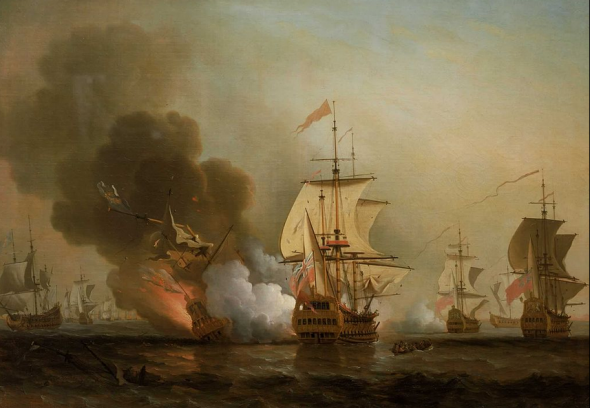When the United States’ paper of record prints an AP dispatch about a Colombian shipwreck under a headline that involves the phrase “world’s largest sunken treasure,” that’s a story I’m going to be interested in:
President Juan Manual Santos on Saturday hailed the discovery of a Spanish galleon that went down off the South American nation’s coast more than 300 years ago with what may be the world’s largest sunken treasure. … The discovery is the latest chapter in a saga that began three centuries ago, on June 8, 1708, when the galleon ship with 600 people aboard sank as it was trying to outrun a fleet of British warships. It is believed to have been carrying 11 million gold coins and jewels from then Spanish-controlled colonies that could be worth billions of dollars if ever recovered.
Even better, for the past 30-plus years the ship has apparently been the subject of a dispute between the Colombian government and a U.S. company called Sea Search whose investors included TV actor Michael Landon and convicted-felon, Nixon henchman John Ehrlichman. Sea Search says it more or less found the ship in 1981 and should get 50 percent of its treasure. Colombia says that number should be 5 percent.
CNN estimates that the goods aboard the sunken ship—the San Jose—are worth between $4 billion and $17 billion. The craft’s remains have, as of yet, only been explored by remotely controlled underwater vehicles.
Seventeen billion dollars!
